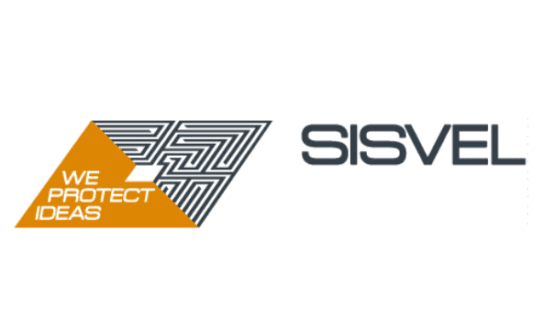I’ve been asked for an update on the Sisvel AV1/VP9 pool situation; here’s what we know.
Before beginning, as I wrote about here, I am working as a consultant with Sisvel during the launch.
To recap, Sisvel announced their pool late March: Before signing on as a consultant, I wrote two articles for Streaming Media and produced one video interview with Sisvel CEO Mattia Fogliacco.
Here are the links:
Streaming Media: Sisvel Launches Patent Pools for VP9 and AV1
Streaming Media: No Content Royalties in Sisvel VP9/AV1 Patent Pools
YouTube: Interview with Sisvel’s Mattia Fogliacco
You can also read a quick summary on the Streaming Learning Center, here.
Contents
AOM Response
The Alliance for Open Media released a statement regarding the Sisvel pool that states in part:
AOMedia is aware of the recent third-party announcement attempting to launch a joint patent licensing program for AV1. AOMedia was founded to leave behind the very environment that the announcement endorses – one whose high patent royalty requirements and licensing uncertainty limit the potential of free and open online video technology. By settling patent licensing terms up front with the royalty-free AOMedia Patent License 1.0, AOMedia is confident that AV1 overcomes these challenges to help usher in the next generation of video-oriented experiences.
My Analysis
Patents exist to protect companies’ investments in R&D. Once a company has a patent, they have a responsibility to their owners to monetize it. There’s no emotion in this, no right or wrong, no good or bad. There are just legal rights and the corporate obligation to enforce them. This is what the contributors to the Sisvel pool are doing.
The companies in AOMedia have contributed their patents on a royalty-free basis because they felt that it was in their best interest, which is their right. The Velos patent pool has long stated their belief that AV1 and VP9 use technologies covered in their pools. AOMedia anticipated legal challenges to the codec and developed a legal defense fund. Now that challenge is here.
In essence, AOMedia is a patent pool containing the IP from its membership. Regarding AV1, the only real questions are:
● Does the AOMedia pool include all the IP used in AV1?
● If not, does the Sisvel pool contain IP used in AV1?
I have no idea as to the answer to either question. For the first Streaming Media article, intellectual property attorney David Long stated, “most companies shipping technology products understand that their products may infringe upon third-party IP, so the formation of these pools shouldn’t be a surprise to anyone designing AV1 or VP9 encode or decode into their products. He recommended that companies shipping products that may be covered by the pools start performing due diligence to determine if their products infringe upon these patents.”
What happens next? As noted, Sisvel hopes to release a patent list by the end of July 2019. At that point, AOMedia can analyze the patents and make their own determination.
My Thoughts?
What do I believe? For anyone who cares, here’s how I think about it. I’ve written many books, all of which I hope to monetize to the greatest degree possible. If someone argued that a particular book should be distributed for free, I would vehemently disagree; my livelihood depends on these earnings.
The companies in the Sisvel patent groups invest significantly in R&D. At some level in each company, someone hopes to monetize these efforts, and many jobs depend upon these revenues. Anyone thinking that these companies should contribute their technology for free, or are bad or evil for seeking royalties, is simply unrealistic. I can only assume that if someone suggested that they should work for free they would vehemently disagree.
For me, it comes down to the two questions posed above. If AV1/VP9 infringe upon the IP rights of licensors in the Sisvel pools, it’s their right and obligation to pursue royalties. If Google/AOMedia can prove that AV1/VP9 don’t infringe, it’s the system working as it should.
 Streaming Learning Center Where Streaming Professionals Learn to Excel
Streaming Learning Center Where Streaming Professionals Learn to Excel









